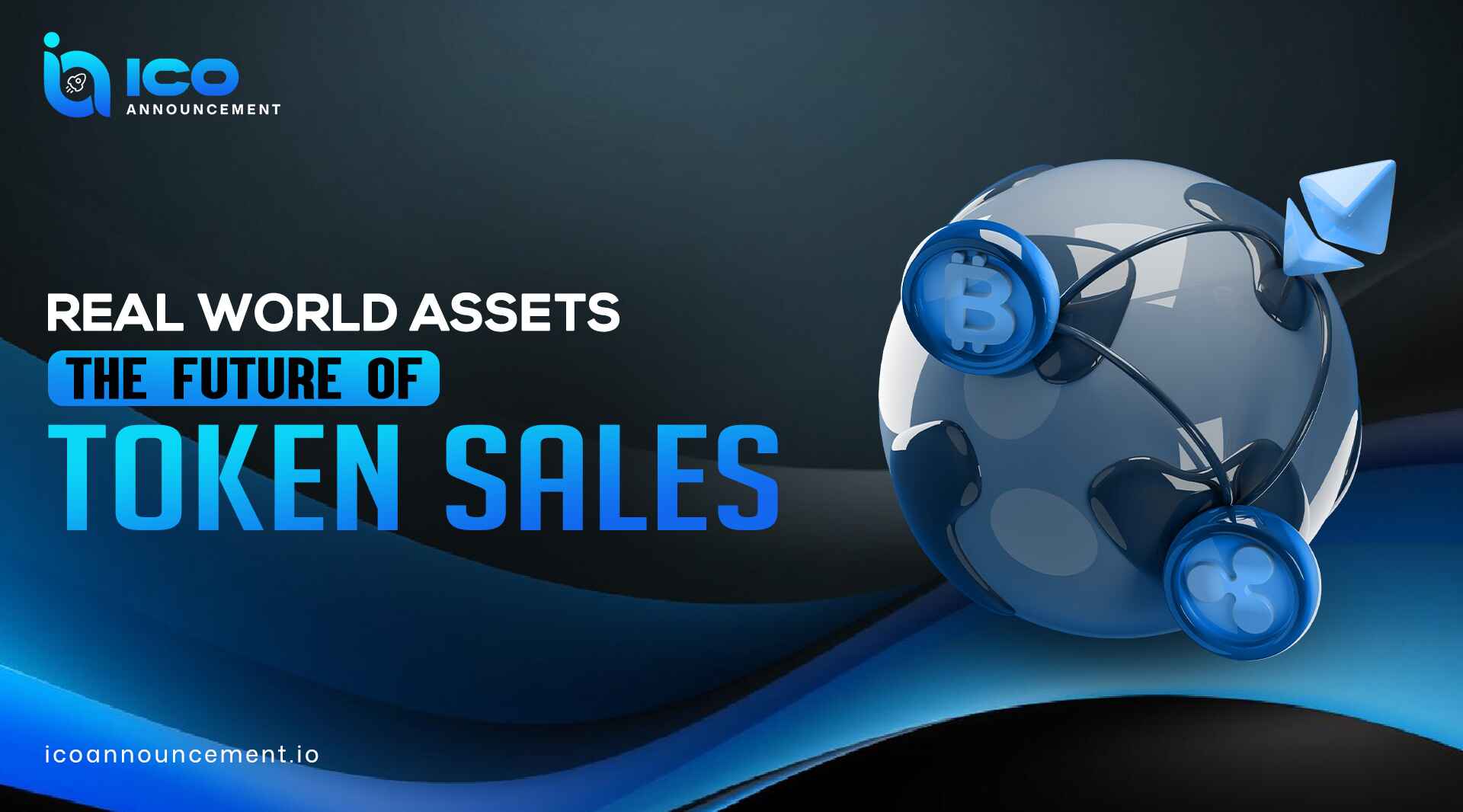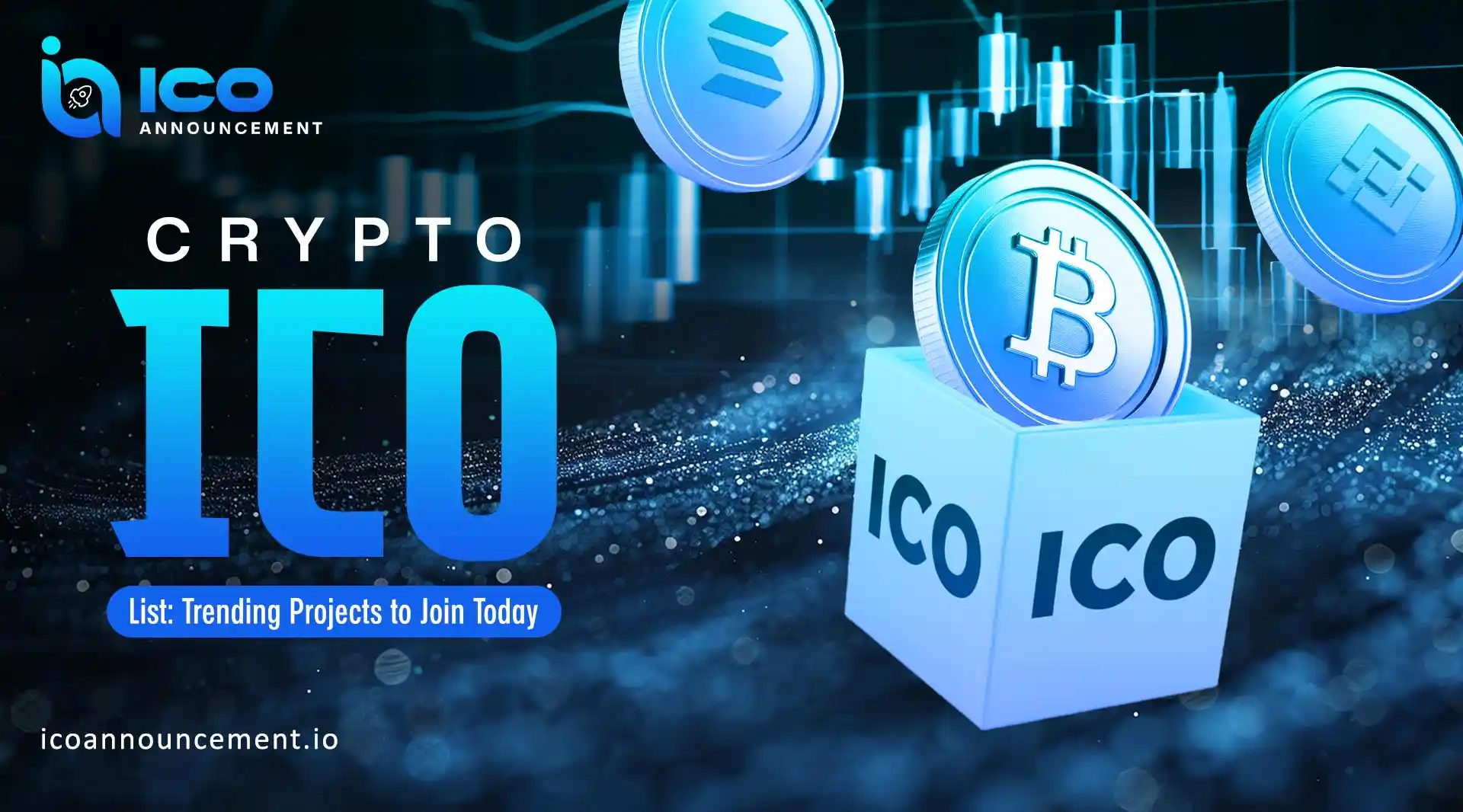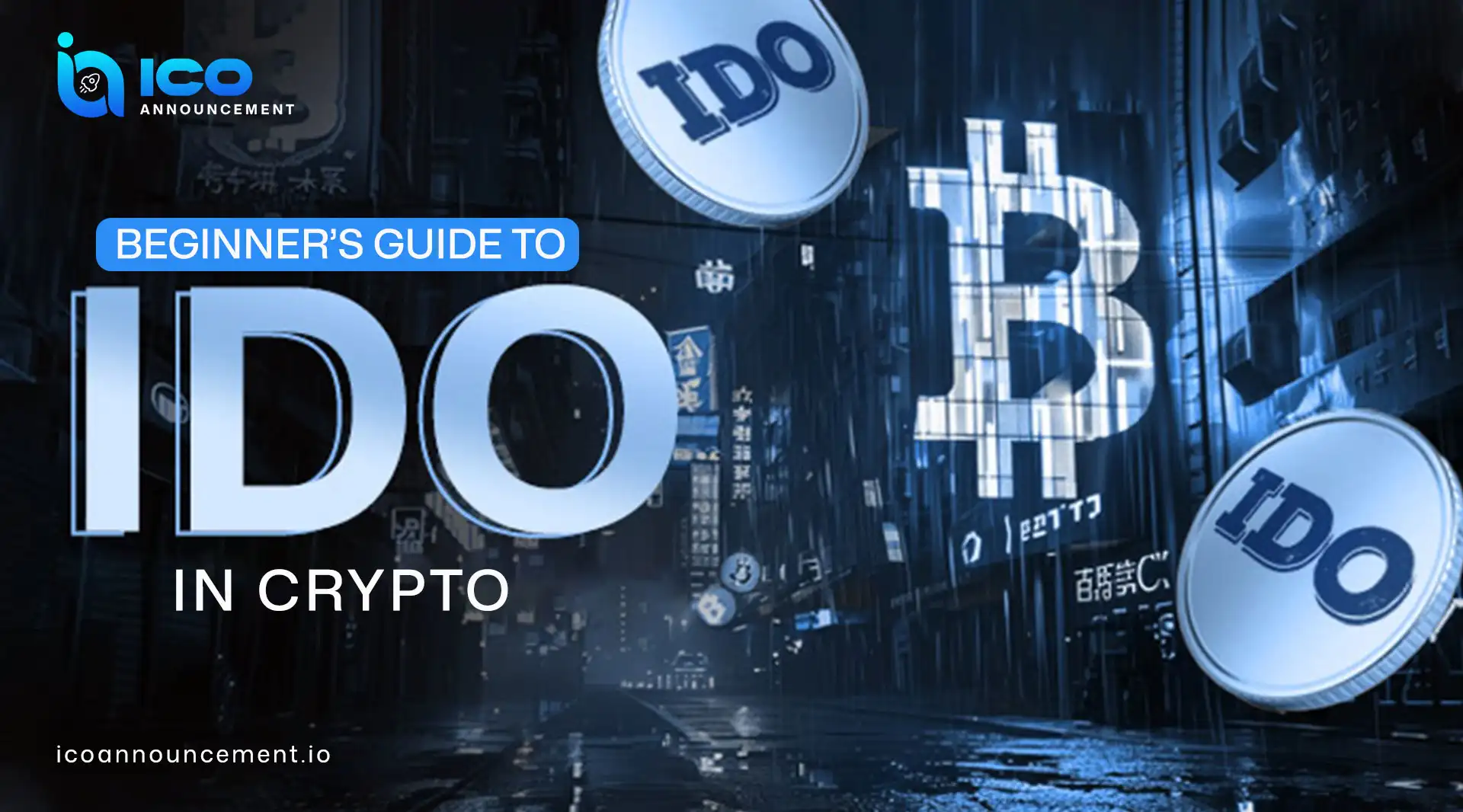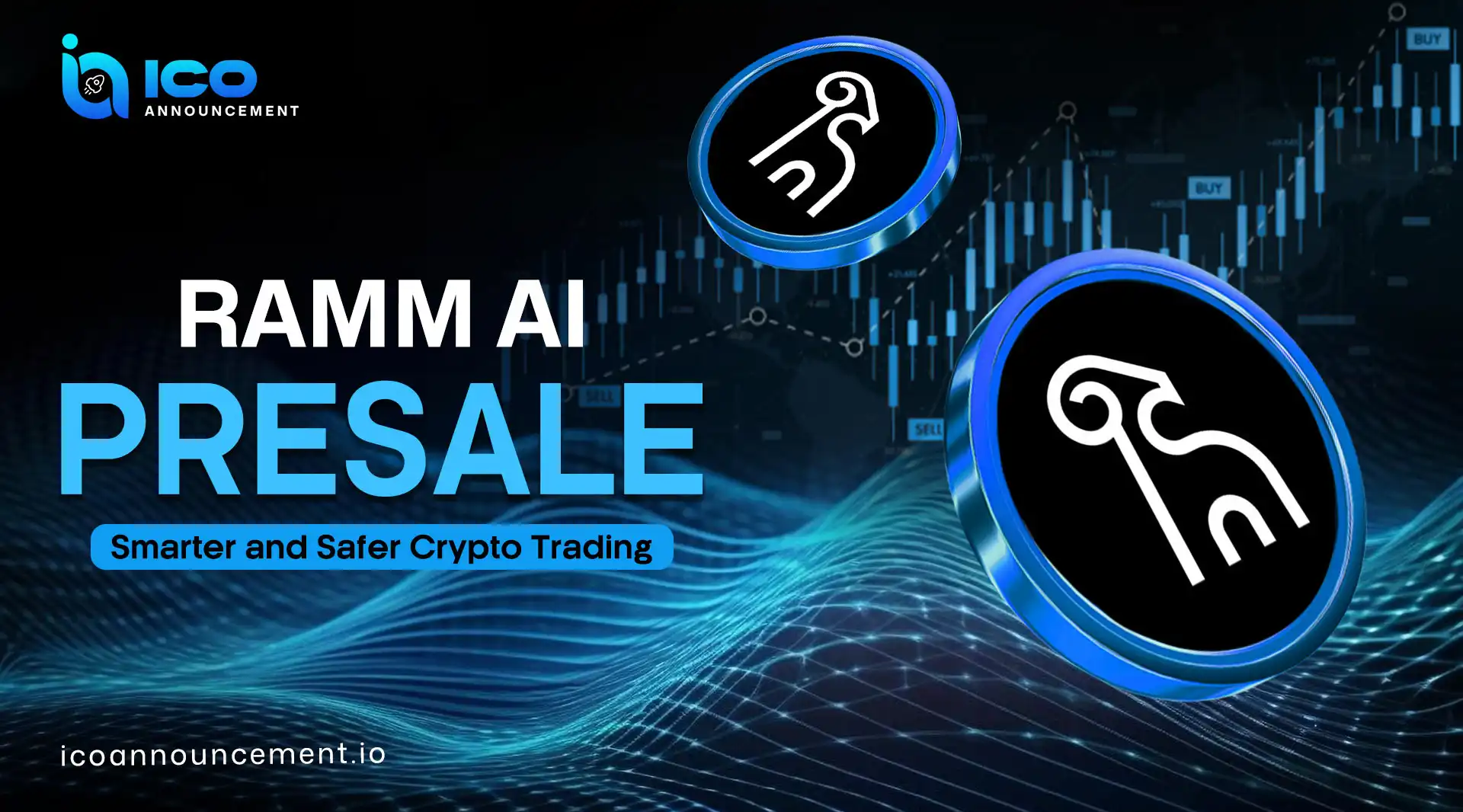The cryptocurrency space is rapidly evolving, and one of the most promising trends is real-world asset tokenization (RWA). But what does that mean? Simply put, it’s the process of taking a physical asset, like real estate or art, and turning it into a digital token that can be traded on the blockchain. This process is creating a bridge between the traditional finance world and the growing world of crypto.
We will explore how real-world asset crypto works, how token sales are changing, and why this is a big deal for investors. No matter if you’re just starting out in crypto or have years of experience, understanding these changes can help you make more informed decisions in this rapidly evolving space.
What is Real-World Asset Tokenization?
Real-world asset tokenization is a way to turn physical assets into digital tokens. These tokens can represent anything of value in the real world – from property to precious metals, or even shares in a business.
Take, for example, a luxury building or a piece of artwork, Rather than being owned by just one person or a small group, tokenizing these assets allows anyone to own a portion by purchasing digital tokens that represent a stake in the asset
Why Tokenization Matters
Tokenization opens up the world of real-world assets to a much larger audience. Here’s why it’s such a big deal:
- Fractional Ownership: Typically, investing in assets like real estate or rare art requires a large sum of money With tokenization, investors can buy a fraction of these assets, allowing them to participate without needing millions.
- Increased Liquidity: Real-world assets are often difficult to sell quickly. With tokenization, these assets can be traded more easily on blockchain networks, offering investors a way to buy and sell more freely.
- Access to New Investment Opportunities: Tokenization is breaking down the barriers that prevent smaller investors from participating in traditionally exclusive markets, such as real estate or commodity markets.
- Global Reach: Since blockchain operates globally, tokenized assets can be bought and sold across borders, opening up international markets to a broader pool of investors.
How Does a Token Sale of Real-World Assets Work?
Now that we understand tokenization, let’s dive into how token sales work in the context of Tokenized physical assets Token sales are a way for investors to purchase tokens that represent a share in a real-world asset. Here’s a simplified breakdown of the process:
- Asset Selection: A physical asset, like real estate or art, is selected to be tokenized. This means the asset will serve as the value behind the digital tokens.
- Legal Framework: Before launching a token sale, the legal rights related to the asset must be clarified. This includes ownership, transferability, and the rights the token holders will have.
- Token Creation: The next step is creating digital tokens on the blockchain that represent the underlying real-world asset. These tokens are often based on smart contracts, which automatically execute transactions when certain conditions are met.
- Token Offering: The tokens are then offered to investors. This could happen through a private offering or a public token sale, where investors can purchase these tokens in exchange for cryptocurrency or traditional fiat currency.
- Secondary Trading: After the tokens are issued, they can be traded on various blockchain-based platforms. This creates liquidity, allowing investors to buy or sell tokens on secondary markets, just like any other cryptocurrency.
Real-World Asset Coins and Their Role in Token Sales
Real-world asset coins are digital tokens that are specifically tied to a real-world asset. For example, a token might represent a share of a building’s rental income or a portion of a commodity like gold.
The main difference between a Asset-backed tokenization and a standard cryptocurrency is that the coin has a direct link to a physical or financial asset. This makes these tokens unique because they give investors access to real, tangible value, unlike many other crypto tokens that only represent digital value.
Here are some types of real-world asset coins you might encounter:
- Real Estate Tokens: These tokens represent ownership of a piece of real estate. Investors who hold these tokens can earn rental income or benefit from the appreciation of the property.
- Commodity Tokens: These represent ownership in a specific commodity, such as gold or oil. Investors can gain exposure to price fluctuations in these commodities without owning them physically.
- Art Tokens: Just like real estate, some tokenized assets include valuable works of art. These tokens represent ownership in the artwork, and investors can benefit from the art’s increased value over time or by earning income from renting the piece.
Benefits of Real-World Asset Tokenization
There are several key benefits to tokenizing real-world assets, which makes it an attractive option for both investors and asset owners.
1. Lower Entry Barriers
Investing in physical assets like real estate, art, or commodities often requires significant capital. Tokenization allows investors to buy a fraction of these assets, which lowers the financial barrier for entry. You no longer need millions of dollars to invest in a skyscraper – just a few hundred or thousand dollars could be enough.
2. Better Liquidity
Traditionally, assets like real estate or fine art are not easy to sell quickly. The process of selling these assets can take months, and there’s no guarantee you’ll get the price you want. With tokenized assets, these same assets can be bought and sold in a matter of minutes on blockchain platforms.
3. Global Access to Investments
Since tokenized assets are digital, they can be bought and sold by anyone, anywhere in the world. This opens up access to markets that were previously restricted to local investors or those with the capital to participate in traditional markets.
4. Increased Transparency
Blockchain technology provides a high level of transparency. Every transaction related to a tokenized asset is recorded on the blockchain, which makes it easy to track ownership and verify the authenticity of the asset. This added transparency helps to reduce fraud and ensures that investors are dealing with legitimate assets.
Challenges of Real-World Asset Tokenization
While the benefits of Tokenization of physical assets are clear, there are also challenges that need to be addressed before tokenization can reach its full potential.
1. Regulatory Uncertainty
One of the biggest challenges is the lack of clear regulation around tokenized assets. Different countries have different laws regarding cryptocurrencies and asset-backed tokens, and this creates confusion and risk for investors. The legal status of tokenized assets is still evolving, and it remains to be seen how regulators will handle these new types of investments.
2. Liquidity Issues
While tokenized assets can theoretically be traded easily, in practice, the liquidity of these markets is still low. Tokenized assets often lack sufficient demand on secondary markets, which means it can be difficult for investors to sell their tokens when they want to.
3. Valuation Challenges
It can be challenging to determine the value of tokenized assets, especially when they are rare or unique, such as artwork. The asset’s worth must be reassessed frequently, and there are risks if the value doesn’t match the token price.
4. Technical and Operational Risks
Blockchain technology is still in its early stages, and using it to manage real-world assets comes with risks. For example, issues like smart contract bugs or blockchain vulnerabilities could put investments at risk. Additionally, tokenization involves several technical steps that must be handled properly to ensure everything works smoothly.
The Future of Real-World Asset Tokenization
Despite the challenges, the future of physical asset tokenization looks bright. The technology behind tokenization is improving, and more regulatory clarity is expected to emerge in the coming years.
As tokenized assets become more mainstream, we will likely see:
- Wider Adoption: More investors, including institutional ones, will start to participate in tokenized asset markets as the technology becomes more mature and secure.
- Innovation in Financial Products: The rise of real-world asset tokens could lead to new financial products that we’ve never seen before, such as hybrid tokens that combine traditional asset classes with decentralized finance features.
- More Regulation: Governments and regulators will continue to refine their rules around tokenized assets, helping to reduce risk and improve investor confidence.
Conclusion
Real-world asset tokenization is one of the most exciting developments in the crypto space. It brings new opportunities for investors to access a variety of physical assets in a way that was never possible before. However, it also introduces some challenges, particularly in terms of regulation and liquidity.
As the technology continues to mature and regulatory frameworks become clearer, the future of real-world asset crypto looks very promising. For investors, understanding how token sales work and what to look for when investing in tokenized assets will be key to making informed decisions.








